A CHRISTMAS SEASON SURVIVAL GUIDE FOR PIANO TEACHERS...PART 2: AVOID WASTING TIME IN DECEMBER12/11/2017 Recently on social media a fellow teacher expressed concern that she was wasting time this holiday season because she was spending most of her lesson time on holiday music, games, and fun activities, rather than moving forward in the lesson books and introducing new concepts.
I understand the inclination to feel like you're wasting time if you're not moving forward, but I'd like to argue that, with most students, it's a waste of time to introduce a lot of new things in December. When the holiday season kicks off after Thanksgiving, children are overwhelmed and distracted by everything else that's going on around them: Families are shopping and participating in holiday traditions. Kids are busy making wish lists and Christmas cookies. They're rehearsing for plays and school programs. They're planning for trips to visit relatives. And then there is the recent trend of giving final exams to children in Elementary and Middle School! Adding to this overwhelm with new musical concepts and practice demands can be counterproductive, so let me offer an alternative: Review Season! In my studio I do review season twice a year in December and in June. Review Season is two-fold, and here's what it looks like: 1) We take a break from lesson books and concentrate on fun repertoire that is not overly challenging. This usually means a Christmas book or a few engaging holiday pieces. For Christmas music recommendations, see my previous post here. Some students aren't interesting in playing holiday music, and that's totally fine, but I still like to give them something fun to work on this time of year. Here is a great collection of "wintery" pieces by Dawn Ivers that your students will love! Christmasy or not, I want these pieces to review concepts that students have been working on this year. They should present some sort of challenge, but nothing that can't be worked through in a week or two. My goal is for students to have a handful of pieces that they can play for their families over the break. 2) We play LOTS of games! My favorite way to combat Holiday Season Overwhelm is by making learning extra fun. We normally play games frequently in lessons, but this time of year I make sure to have lots of holiday-themed fun with me at all times. I always play at least one game, sometimes more, in every single lesson, even with older students! Games can be a great way to review reading concepts, musical terms, rhythm, and all kinds of other theory concepts. Here are a few of my favorite free games to get you started: Heave Ho Ho Ho! from Teach Piano Today to review Cs on the grand staff Reindeer and Elves Keyboard Race from Susan Paradis to review piano keys Gift Grab from Colourful Keys to review musical terms and symbols These are not necessarily games, but they are great activities to include in your Holiday Review Season as well: Holiday Rhythm Cup Explorations from Compose Create. (this is not free, but it is SOOOO worth the cost!) Top 5 Christmas Piano Printables from Teach Piano Today. Follow this link for some fun holiday composing, improv, and practice activities. Before I instituted Review Season, I had to spend a lot of January reviewing concepts students had learned in the fall. Spending December on review helps students to solidify their learning. They come back from the break confident and ready to push ahead. What are your favorite review activities?
2 Comments
A CHRISTMAS SEASON SURVIVAL GUIDE FOR PIANO TEACHERS...PART 1: AVOIDING CHRISTMAS MUSIC BOREDOM11/17/2017 Hi Everyone!
Sorry I've been away for so long. Life happens, but I am super excited about this new series: A Christmas Season Survival Guide for Piano Teachers. We all know how it goes, Halloween is over, it's time to print out 25 copies of Jingle Bells for your beginners and 15 copies of Carol of the Bells for your Intermediates. People tend to fall into 2 categories when it comes to Christmas music: 1)Those who LOVE Christmas music and can't wait until their spouses and roommates will allow them to turn on the Pandora Holiday Playlist, and 2) Those who absolutely hate listening to the same 5 songs in various arrangements over, and over, and over, and over throughout November and December. I happen to fall into the former category, but I have plenty of empathy for those who do not. These categories easily flow into Piano Teacher-hood. There are those of us who love shopping for new collections and arrangements each year, who can't wait to start helping students prepare for holiday recitals and playing for family. Then there are those who don't teach holiday music at all and go about November and December as if the whole world has not been covered in glitter and twinkle lights. Many may fall somewhere in the middle. I'm a big fan of spectrums when it comes to categorizing people. Whether you're a Buddy or a Scrooge or something in between. I hope this series is helpful for you. The first topic I'd like to address is a big one. Repertoire. Now, I know many of you have already had your repertoire selected for months and your students are soon going to be wowing their families at Holiday recitals, but I'm sure there are others out there like me, who have started handing out holiday pieces but could still use some fresh ideas. It's still a week before Thanksgiving after all! Here are a couple of tips, ideas, and repertoire suggestions that have me really excited this year: 1. Have your students make their own arrangements this year! I'm sure you've figured out by now that I love giving students ownership of their own music, and I love giving them the tools to make pieces there own. Christmas music is a great place to have students warm up their creative muscles. The songs are (for the most part) familiar and a lot of them are hymns that follow fairly simple chord progressions (although no one says they have to stay simple!). The simplest way to do this is to give your student a lead sheet of a Christmas Carol and help them to use it to create their own arrangement. Have them learn the melody and the chord progression, test out a few accompaniment patters, maybe add and introduction or a flashy ending. Ta-da! They have their very own Christmas Carol arrangement that I'm sure they'll enjoy playing much more than anything you give them that's been arranged by someone else. This one is THEIRS. Follow your student's lead on this. Push them to use what they know to get creative. If they're far enough along in their studies, help them to change a few of the chords, or maybe change the progression all together! The sky is the limit here. It's pretty easy to find lead sheets of Christmas carols online, but if you want something with a few more resources and a bit more instruction, I really like this little booklet from Anne Crosby Gaudet: Chord Town Christmas 2. Seek out fresh arrangements. Sometimes the solution to repertoire boredom is simply finding something new. How many times have you taught that same arrangement of Jingle Bells from the book that goes along with your method series, right? Let go shopping! Here are a few of my favorites lately: Jazzy Jingles by Jennifer Edlund If you're reading this on the day I've published it: November 17, 2017, follow that link right now. It's on SALE! This is my absolute favorite collection of Christmas pieces that has come out in recent years, and there is a second volume that was just published this year. These pieces are really simple to play. Late elementary to early intermediate students will find them really accessible, and they sound so grown up! The harmonies are sophisticated and interesting, and the pieces fit really nicely under even small hands (I don't think there are any intervals over a 7th). Your contemplative students will love Silent Night and He is Born, and your fast fliers will eat up Patapan. This is my go to early intermediate students, and I love playing these pieces too! Up on the Housetop by Wendy Stevens Do you have some beginners this year? Please give them this instead of Jolly Old St Nicholas. There are 4 versions, both on staff and off, with 8ths notes and without. Wherever your new littles are at, they can handle this, and it is SO MUCH FUN! The teacher duet is upbeat and exciting, and the students get to play all over the piano and glissando! Have you ever met a kid that didn't like playing a piece with a glissando? I haven't. Wendy's trick to use an index card helps protect little hands from getting hurt so the fun can continue while you play this over and over! The Christmas Waltz by Yours Truly Shameless plug: I made this arrangement. It is one of my FAVORITE Christmas Songs. This arrangement is easy to play with some nice sounding harmonies, and it's not Jingle Bells. It's a perfect fit for tweens and adults and anyone else playing at a late beginner, early intermediate level. What are some of the ways that you avoid repertoire boredom this time of year? Let me know in the comments! Piano teachers' views of popular music seem to run the gamut. Some think its garbage akin to slang and curse words when compared to real literature (aka classical music). Some don't mind it and will allow students to play a "fun piece" from a score occasionally, to keep them motivated. Others see value in it for teaching theory. Personally, I think pop music is valuable in a few different ways: 1. It is the music of our time. It's what students are listening to, and it's a way to meet them where they are. 2. It's extremely useful for ear training and theory. 3. It's an outlet for students to be creative. 4. It's useful and marketable. If students are well versed in improvising, arranging, playing from lead sheets, chord charts, and simply playing in a popular style, a wide world of job opportunities opens up to them that they wouldn't have with mere classical, score-reading, training. 5. It's fun! I'm happy to see a trend among music teachers to embrace pop music, but have we ever taken the time to think about what our goals are in teaching it? There are a lot of approaches we music teachers can take to teach popular music to our students. -finding a good arrangement and playing from a score -playing from a lead sheet and improvising different left hand chordal patterns -playing from a chord and either working out the melody by ear or singing along -figuing the whole thing out by ear from a track If we have goals in mind, it can help shape our approach. These are mine: 1. To introduce students to the characteristic aspects of pop music: syncopation, driving beats, strong melodies, interesting licks, those dreaded earworms! 2. To strengthen students' understand of keys, chords, and chord progressions. 3. To develop students' ears and abilities to play by ear. 4. To encourage creativity, and to give students to tools to create their own arrangements and original compositions. With this in mind, here's how I typically teach pop music: If a student asks for a specific song, I'll check to see if there's a good arrangement available at their level. If there is, we might learn the song from the score while discussing things like the form, chord progressions, rhythmic elements, technique involved, etc., much in the same way you might approach a classical piece. The benefit of this is exposure. The student gets to the chance to see what a solid piano arrangement of a pop song looks and sound like. It gives them vocabulary that they can use in their own arranging and composing. If there is no good arrangement, (or sometimes if there is, but I don't feel like using it), I'll look for a lead sheet. I probably teach 70-80% of pop music from lead sheets. They allow students to see what the melody looks like and how it lines up with the chords, and of course, it gives us lots of opportunities to discuss chords, accompaniment patterns, and arranging. Lead sheets are great for all levels too! Young students can usually get away with open 5ths on the roots of the chords, while using their ear and knowledge of the song to aid in the rhythmic reading of the melody. As students grow, they can begin exploring what the rest of the chord symbols mean, improvise interesting patterns with their left hand, and even add some harmony notes to the right hand or give the left hand a chance at the melody. Lead sheets give students a framework on which to build their own arrangements. If I can't find a lead sheet, or the student is really interested in playing along with themselves while they sing, or perhaps want to play in a band or at church, I'll either find a chord chart, or we'll make one together. Making chord charts with your students is an awesome way to work on their ear. If students can figure out what key a song is in and hear the chord changes, they are set to be able to basically play anything they want. A lot of popular musicians and even church musicians can't read music, but they read chord charts. It's an important skill, and actually a pretty easy one to master. Something I've been doing a bit more of lately is a hybrid arrangement/lead sheet. It sort of a super simplified piano/vocal/guitar score. Basically I'll half-way arrange a song to the point where it sound good, even if you just play what I wrote. I'll highlight the important elements of the song, bring out some of the rhythmic patterns, etc. I also include all of the chord symbols, lyrics, and guides to the form (chorus, verse, interlude, bridge, etc.). These are useful when students are still working on voice leading in chord progressions and when they are starting to work on more sophisticated arranging. It gives them some of the vocabulary, like a scored arrangement would, but it leaves room for them to get creative and make the arrangement their own, like a lead sheet. I recently made such an arrangement of Don't Stop Believing' for a student who asked to play it. We started out working from a lead sheet, but he was having trouble placing the rhythmic chords against the syncopated melody and also with the places where he wanted the melody to be in the bass, so I notated it for him. He's already got some ideas for making it his own once he gets the basics down. I also left the guitar solo section blank, so he could improvise his own solo. If this approach sounds like something your students would benefit from, and you have some Journey fans, you can purchase my arrangement here: www.sheetmusicplus.com/title/20527616
What are your goals in teaching pop music? How do you approach it with your students? Let me know in the comments! I was recently gifted 2 heavy boxes full of music books and sheet music by one of my former piano teachers. A lot of it will be very useful to use with students, but some of it is just plain fun! I got a lot of vintage Century Music Publishing Co. sheet music, and I though I'd share a few gems with you. I know you're supposed to save the best for last to keep readers engaged until the end, but I just have to start with this one! There's these two technical sheets: and this 1960 edition of Glow-worm: If you've never heard this fun piece, you can listen to it here: m.youtube.com/watch?v=XpaEmEizXqghttps://m.youtube.com/watch?v=XpaEmEizXqg
There's lots of Chopin and other great pieces. I'll share more in future posts. For now, do you have a vintage sheet music collection? What are your favorite treasures? I know this topic sounds super boring, but hear me out. Over the last few years I have made a MESS of my Dropbox folders. Sure, I at least had the foresight to have a Dropbox, which allowed me to keep all of my teaching resources and digital sheet music in one place that I could access from any device, but that's where my forethought ended. Does this sound familiar? When I first started teaching I started following a few blogs and teachers who would offer up cool resources from time to time. Every time I saw a new free resource, I'd download it and save it to Dropbox. If I didn't have a folder that it seemed to fit in, I'd create a new one. A few years go by. Now I'm following about a million blogs that all offer the most AMAZING resources, many even for free! I see some really cool free resources, and I download them. If I don't have a good file for them, I create a new one. As time went on, I was filling my digital file folders with hundreds of awesome resources, but I NEVER USED THEM! There are a few reasons for this: 1. I didn't know what all I had. 2. I couldn't find things that I was looking for. 3. I never downloaded anything with a purpose. So what did I do? Three things: 1. I went through every single file folder and deleted everything I'd never used, and never planned to use. 2. I made a Master List for every file with brief descriptions of each resource, for easy searching. (This is an idea I got from the Upbeat Planning Academy!) 3. I made myself a promise: I will not download anything that I doesn't currently fill a need in my studio. If I see something really cool that I don't have use for, it goes on my "Cool stuff I don't need yet" list. Sure, I run the risk of it not being there when I want it, but if I don't have a use for it now, there's a possibility I never will. So how does this work for me practically? Let's consider the following example: I have an intermediate-level student who is working on left hand accompaniment patterns, and wants something more modern-sounding than her classical repertoire. I open my Digital Sheet Music Master List, sort by level, and browse through the "Teaching Points" column to see if I have anything that fits the bill. Want to try creating a Master List of your own? Download my Master List Templates for Excel and Numbers here:
A common question I've seen posed by traveling teachers is: What do you carry with you? Teachers tend to fall into 3 camps: 1. The Empty-Handed Ones: Some teachers take nothing but their bodies with them to lessons. I once heard a teacher describe how he carried an empty bag with him because he didn't really need anything, but he felt like he should carry something! 2. The Minimalist Ones: Others don't need much, and they have shaved their materials down to the bare minimum: pen, iPad. 3. The Ones with Back Problems: Then you have the teachers who take everything with them everywhere. They have all of the latest and greatest resources, games, manipulatives, rhythm instruments, fancy writing utensils, post-it notes...you get the idea. I used to fall into camp 3. Every time I got something new, I would just add it to my bag. Overtime, my bag got bigger and heavier and messier, and my back started to ache from all of the weight I was carrying around. It was a piano parent who saved me. One afternoon, as I was hoisting my two-ton tote bag into the back of my car she asked, "Why don't you just keep everything in your car, and only carry in what you need?" Holy Mozart! Why had I never thought of this? I like to think of myself as a gifted problem solver, and yet, here I was, giving myself scoliosis from the weight of my teaching bag, and I'd never, ever thought to do this! That day I had what Oprah would call an "Aha Moment." As soon as I got home, I got to work. I dumped the entire contents of my bag onto the floor of my living room and started sorting into two piles: 1. Things that I need to carry always (pencils, my iPad, assignment sheets, etc.) 2. Things that I could grab as I need them (games, rhythm instruments, etc.) I also gathered together things that could serve multiple purposes like generic flashcards and these little foam beads that I found at Big Lots for a dollar and I still use for everything. Today, I'm happy to say, my bag is much smaller and lighter, my games and resources are much more organized, and my back is recovering from all of the strain. Here's a look at what I carry around on a typical day of teaching: -Accoridan file for the day
-A few games -stickers -iPad -a couple pens -game pieces and dice -post-it notes -clappers -markers -generic flash cards Which camp do you fall into? What do you carrying in your bag? Let me know in the comments! |
Mallory ByersI teach piano in California. Here are some of my thoughts. Archives
July 2022
Categories
All
|
||||||||||||
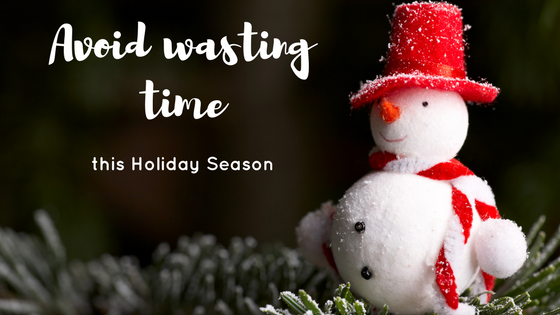
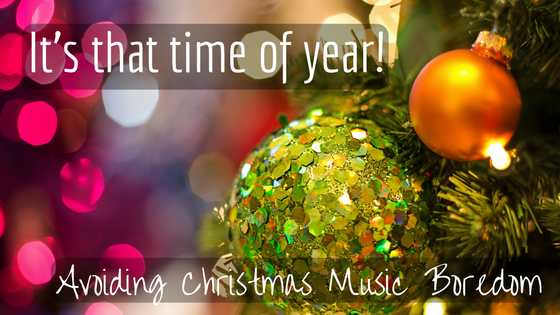
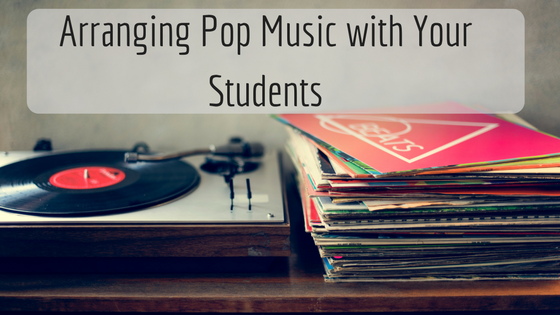
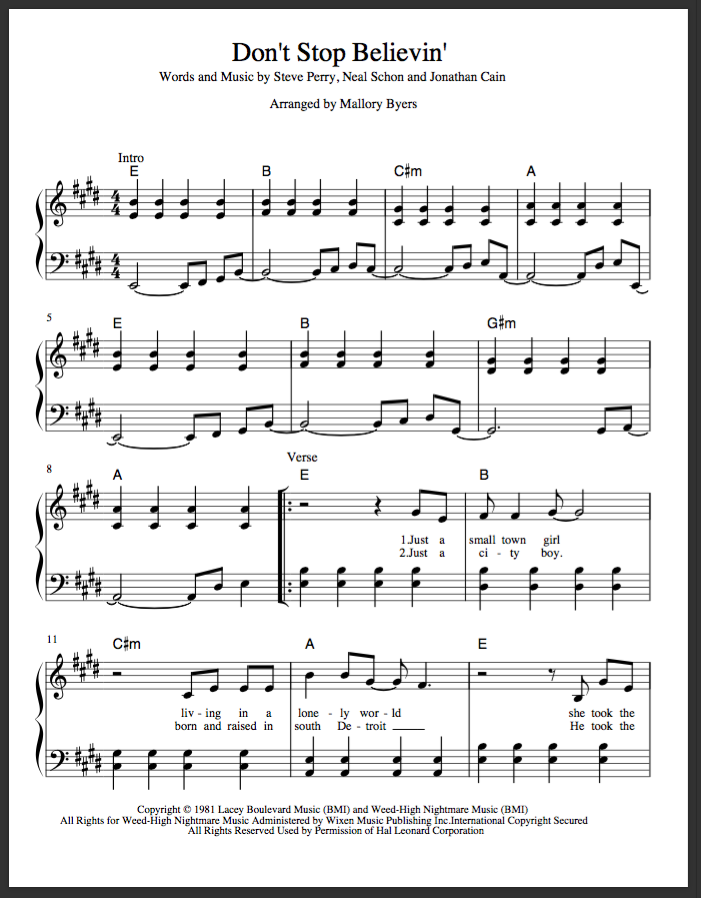

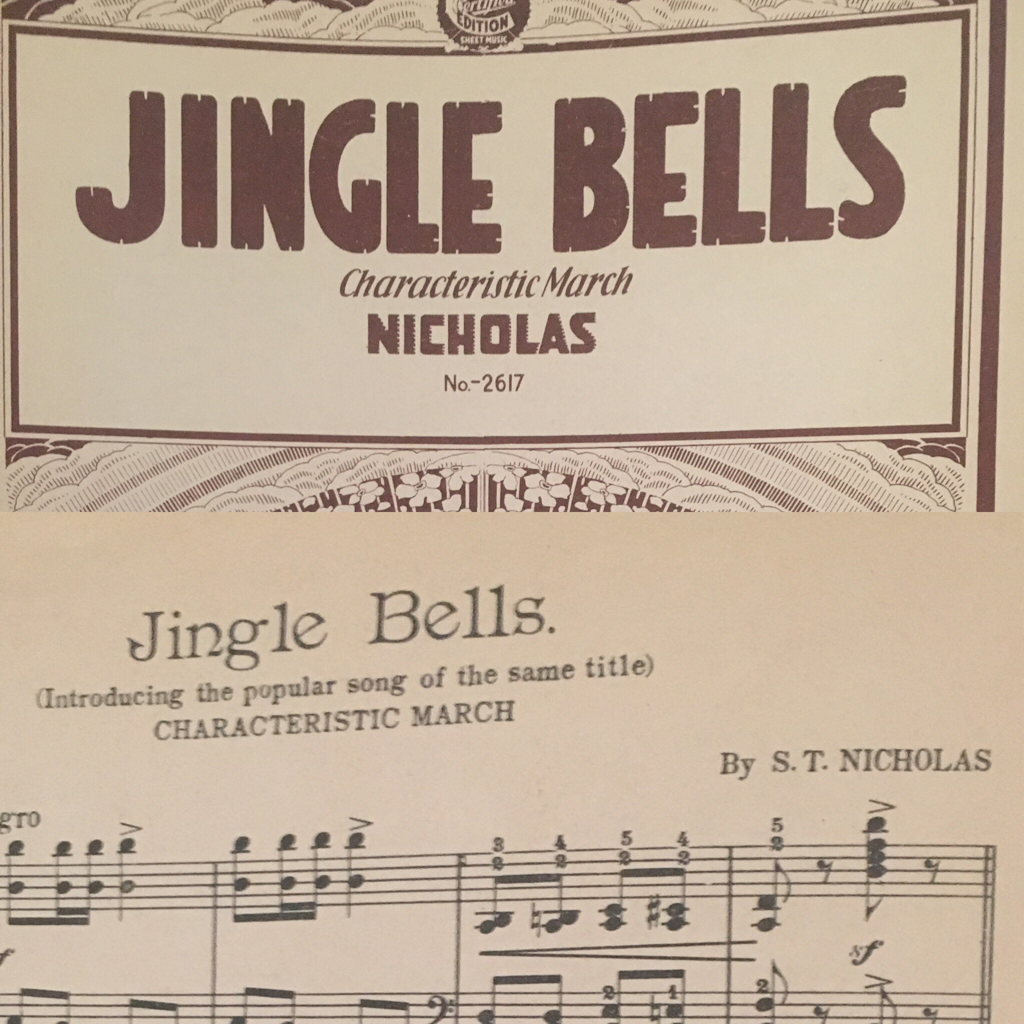
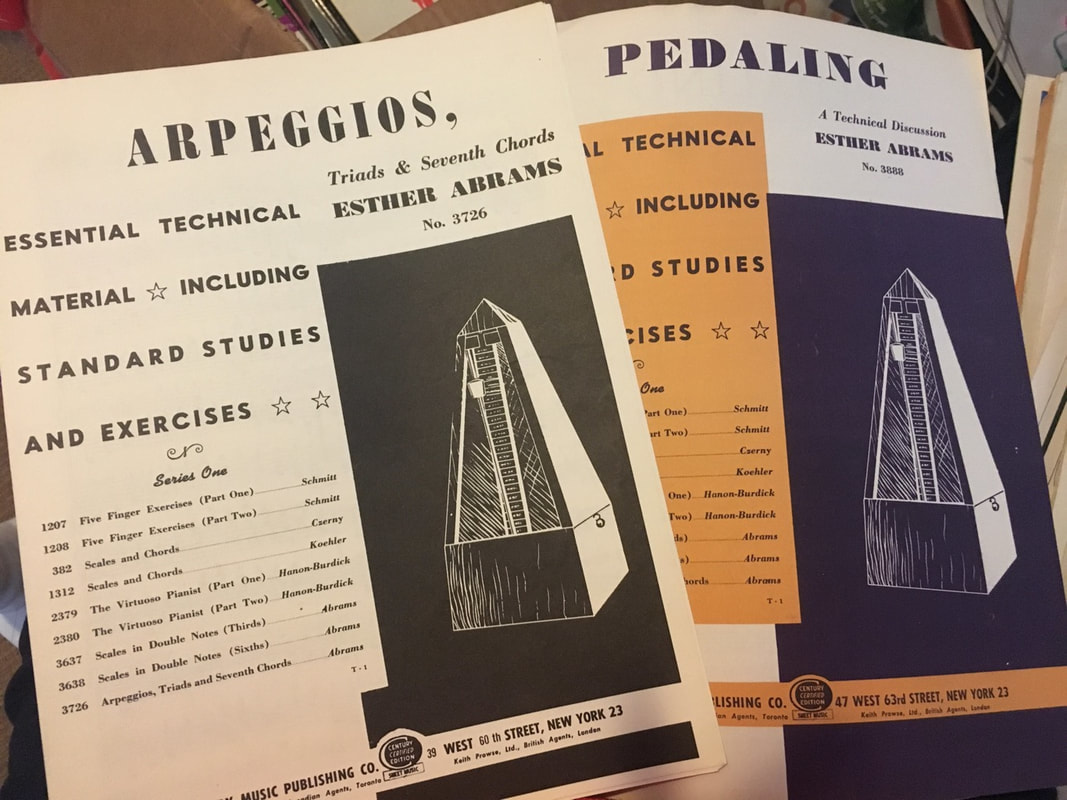

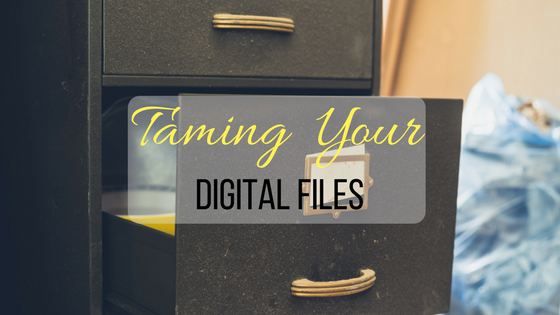
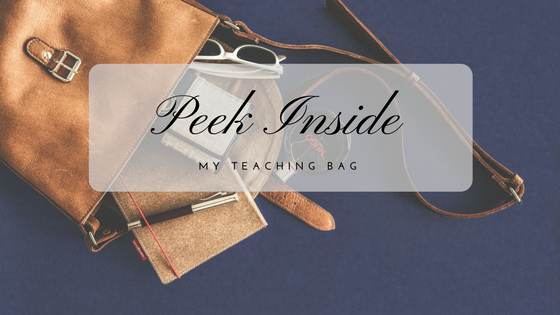
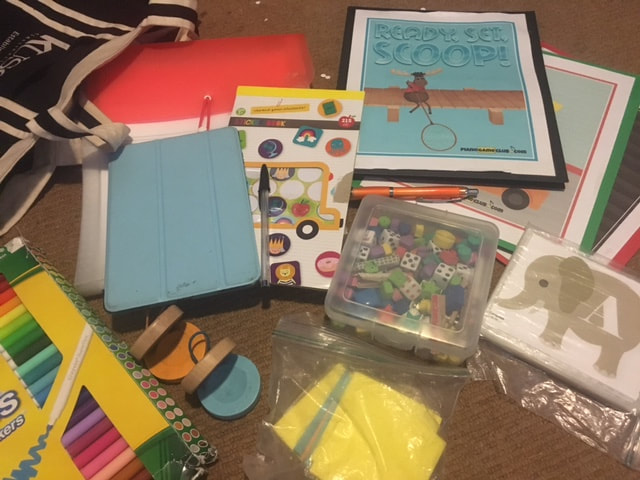
 RSS Feed
RSS Feed